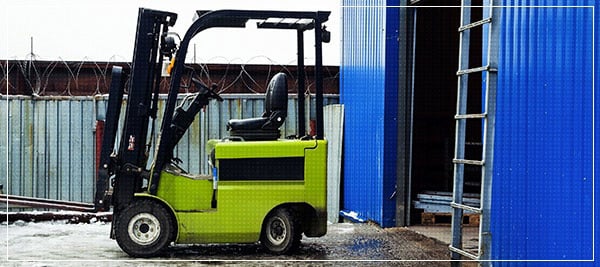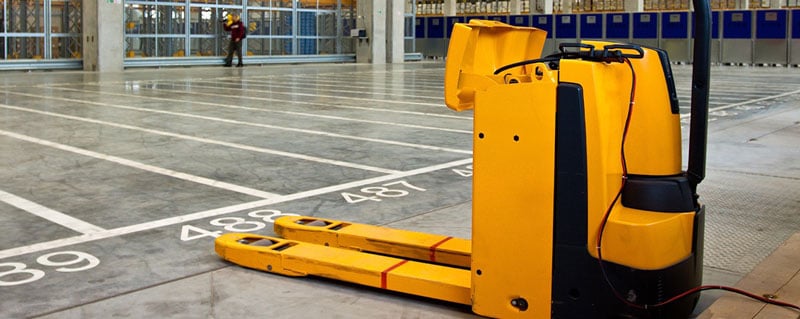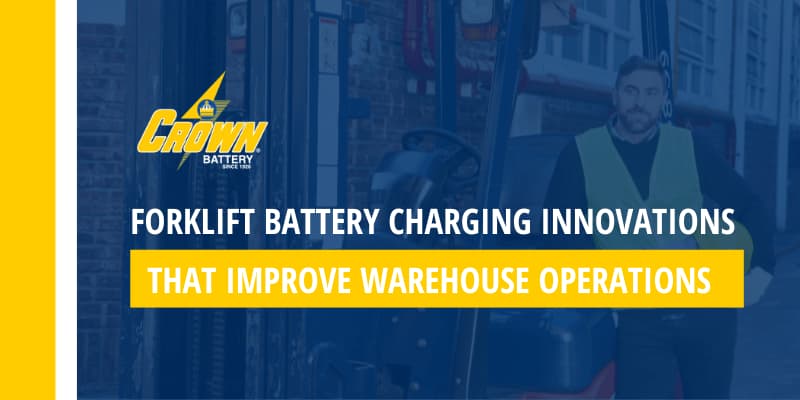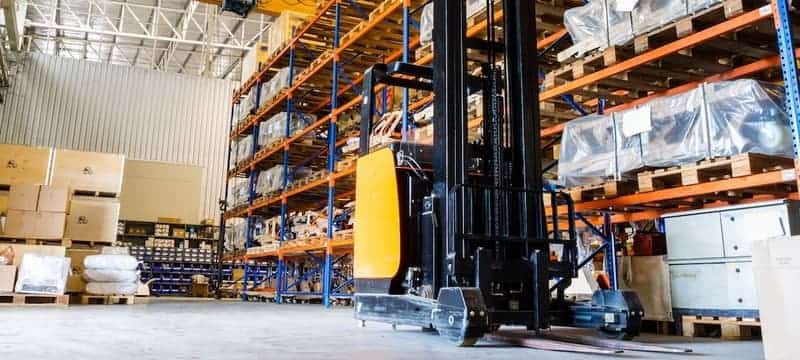A common question that's asked is how long does a forklift battery last? And although the average for a single-shift operation is five years, there are cases where forklift batteries have lasted up to ten years. If you're like many others, batteries are a necessary investment, they are essential for daily business operations, but they can come at a hefty cost.
In order to cut replacement costs and ensure your battery has a long and useful life, regular battery maintenance is necessary! But what is the best way to maintain a forklift battery? Follow these easy steps for proper forklift battery maintenance.
How to properly maintain your forklift battery
1. Charge the battery correctly
It can be tempting to charge a battery whenever it is convenient, but the fact is that in order to properly maintain a forklift battery, it should only be charged at certain times and to certain degrees. Charge a forklift's battery only when it dips below 30% charge and be sure to charge it until it is full and then stop charging it. Remember to never interrupt a charge cycle. Additionally, over or undercharging this type of battery can significantly decrease its lifespan.
2. Equalize Batteries Regularly
Flooded or wet cell batteries should be equalized on a regular basis. This process reverses the chemical process of stratification, when the battery acid becomes more concentrated at the bottom of the battery. When the acid and water become stratified, the battery is no longer able to hold a charge as well.
Equalizing rebalances the electrolyte concentration and also helps to remove sulfate crystals from the battery plates. Equalizing can only take place with a battery charger that has an equalizing setting. Many batteries need equalization approximately each five to ten charging cycles, but be sure to check the maintenance specifications for a battery before initiating the process.
3. REGULAR INSPECTION AND CLEANING
Look for wear, corrosion, loose connections, or damaged cables. Cleaning the battery terminals is also crucial for optimal electrical conductivity. A visual inspection and cleaning routine will help identify potential issues and keep your battery in shape.
Check out more inspection tips on our blog: Broken Forklift Batteries: Replace or Repair?
4. Check water and fluid levels
Forklift batteries need to have the right amount of water to work at optimum capacity. Approximately every five charge cycles, be sure to check the forklift battery fluid levels by opening up the battery. Check two to three cells and ensure that there is enough fluid to cover the plastic battery element. If you are unsure, check all of the cells. If there is not enough fluid upon inspection, move on to the next step and add water.
If the water levels are not appropriate, you will want to top off the fluid in the battery. This will be necessary approximately every 10 charges. If the battery is brand new, you'll want to add enough water to cover the battery's plastic element protector.
It's important to be aware of how much water your battery needs and how water levels impact your batteries over health and performance. Extra space is needed for the expansion that happens when the battery is in use, which is why overfilling a battery can cause permanent damage. Note that maintenance free batteries do not need to be topped off.
You will only want to top off a battery after the battery is fully charged. It is also important to use the right water, which measures between 5 and 7 on the pH scale and is within recommended limits for impurities. Impure water can lead to battery damage.
5. Keep batteries at a safe temperature
Forklifts can be used in extreme environments, so it is essential to consider the ambient temperature for the battery when in use. Keeping any battery at a safe temperature, where its operating temperature does not exceed 45℃ (113℉), will help to prolong its life. If this is not possible, be sure there is plenty of air circulating in and around the battery compartment for optimal battery cooling.
Additional tips to optimize forklift battery performance:
In addition to the essential maintenance steps, consider implementing the following expert tips to enhance your forklift battery's performance further:
- Train operators on proper battery care and safe handling procedures to minimize potential damage.
- Utilize battery management systems (BMS) to monitor performance and detect any issues early on.
- Establish suitable charging schedules and avoid unnecessary deep discharges that can strain the battery.
- Stay informed about battery technologies and explore solutions that enhance efficiency and extend battery life.
Even a Crown forklift battery, which are extremely durable and can last for years, needs to be subject to proper maintenance in order to extend their lives. By following these essential maintenance steps and incorporating expert tips, you can maximize the performance of your forklift battery. This will ensure that your forklift operates at its best, improving productivity and saving on operational costs.












